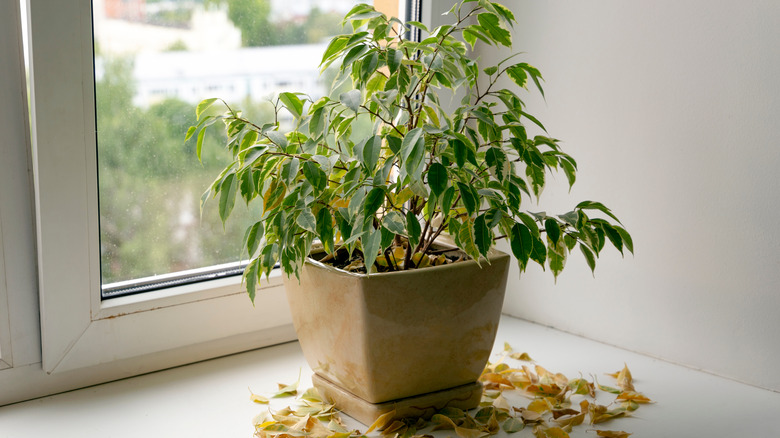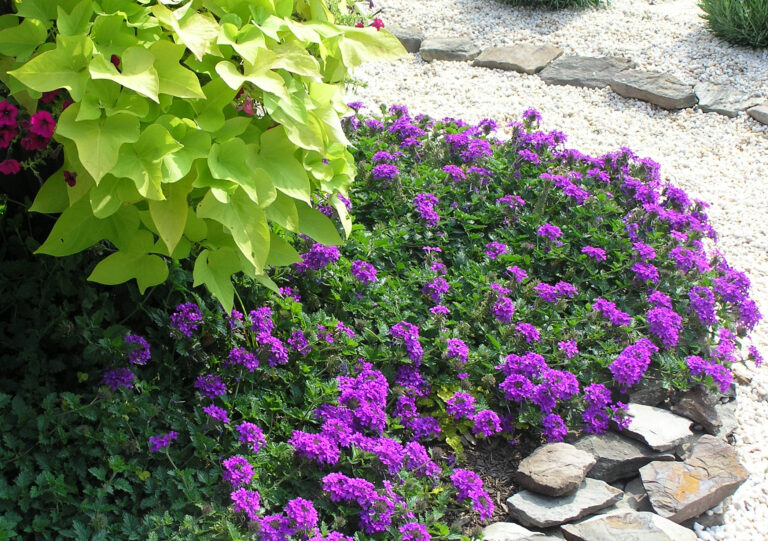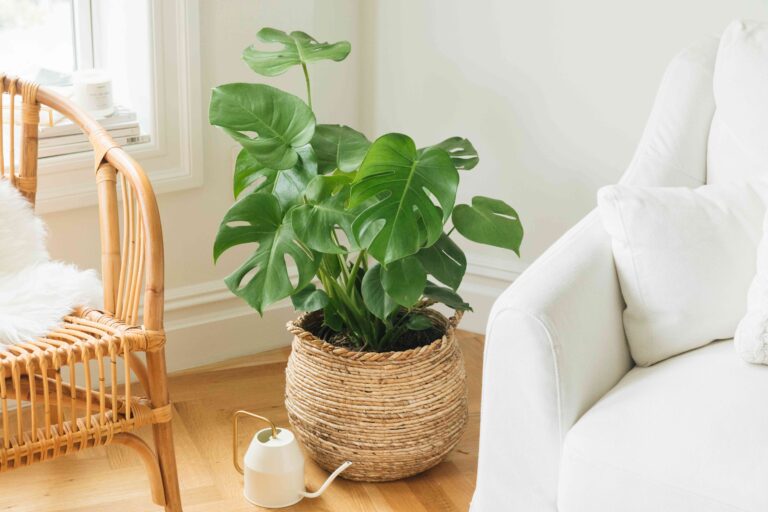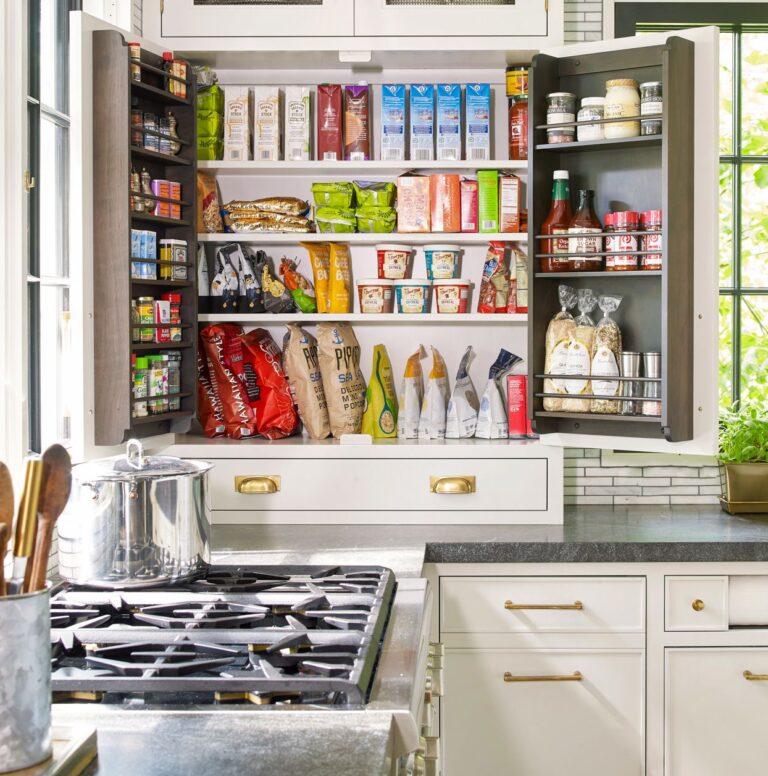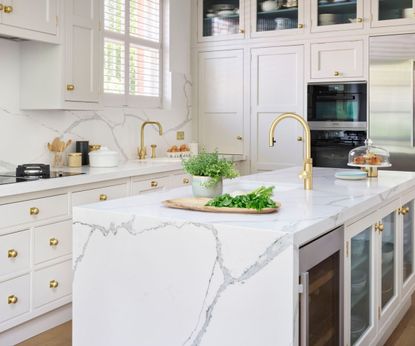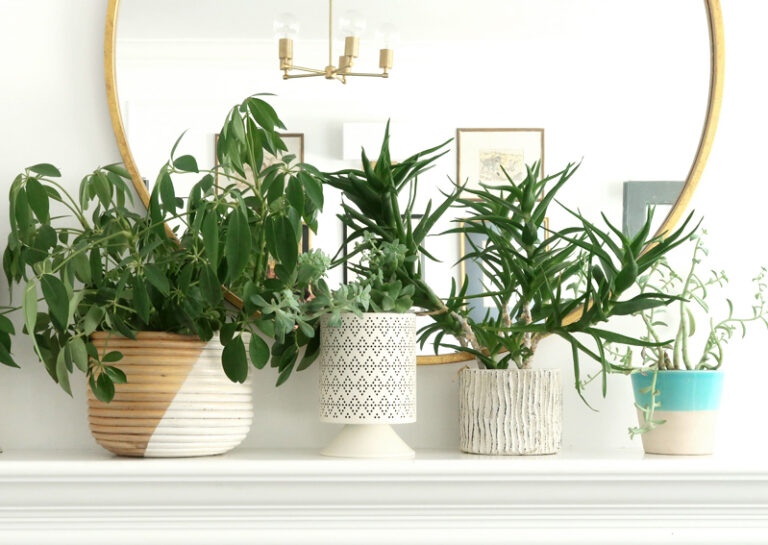Why My Indoor Plants Are Dying?
Indoor plants are a great way to bring a bit of nature into your home. But unfortunately, it is all too common for indoor plants to die for a variety of reasons. From incorrect watering and lighting to pests and diseases, many things can cause your beloved indoor plants to suddenly wilt and die. Understanding why your indoor plants are dying is the first step towards correcting the issue and keeping your plants healthy.
Reasons for Plant Death
Indoor plants bring a sense of peace and life to any home, but it’s not uncommon for them to wilt and die for seemingly no reason. In some cases, the cause of death is obvious, such as root rot or a pest infestation, but other times it can be difficult to figure out why your beloved plant has passed away. To help you get to the root of the problem, let’s explore some of the most common reasons why indoor plants die.
One of the main causes of indoor plant death is improper watering. Too much or too little water can lead to fungal diseases, root rot, or simply deprive the plant of essential nutrients. Additionally, not allowing the soil to dry out between watering can cause root rot. To ensure your plants have enough water, make sure the pot has drainage holes and use a water meter to test the moisture level of the soil.
Incorrect light can also spell death for indoor plants. Most plants need at least 6 to 8 hours of indirect sunlight a day, although some may require more or less depending on the type of plant. If you don’t have the right amount of light in your home, consider investing in an artificial grow light.
Finally, your plants may be dying due to a lack of nutrients. Plants need adequate levels of nitrogen, phosphorus, and potassium to survive. You can supplement nutrients with an organic fertilizer or compost, or you can repot your plants in fresh soil.
By discovering the cause of your plant’s death, you can take steps to ensure your indoor plants live a long and healthy life. With proper care and attention, you can keep your plants thriving for years to come.
Causes of Unhealthy Soil
When it comes to why your indoor plants are dying, one of the main causes could be unhealthy soil. Poor soil quality can lead to a range of issues, including nutrient deficiencies, diseases, and pests. To ensure your plants are healthy and thriving, it is important to understand the causes of unhealthy soil and how to fix them.
The most common cause of unhealthy soil is poor drainage and compaction. Compacted soil can prevent the roots of your plants from receiving the oxygen and water they need to grow and thrive. Compacted soil also makes it difficult for essential nutrients to reach the roots. This can lead to nutrient deficiencies and stunted growth.
pH imbalance can also be a major factor in unhealthy soil. Most plants prefer slightly acidic soil, but if the pH is too high or too low, plants can struggle to absorb the nutrients they need. Low pH levels can also lead to nutrient toxicity, which can cause root damage and make plants more susceptible to diseases and pests.
Overwatering and Underwatering
It’s a common mistake to think that all plants need copious amounts of water to thrive, but this simply isn’t true. Too much water can be just as detrimental to your indoor plants as too little. Overwatering can lead to root rot, which can cause your plants to become yellow, wilted, and eventually die. Underwatering, on the other hand, can cause plants to become dry and brittle, and eventually, even the hardiest plant will succumb to the lack of water.
The key to keeping your indoor plants alive and healthy is to strike the perfect balance between watering and not watering. It’s important to pay attention to your plants regularly, looking for signs of distress and making adjustments as needed. If your plants are becoming limp and wilted, try holding off on watering for a few days and see if they perk up. If your plants are dry and crunchy, give them some extra water.
It’s also important to research the specific needs of your plants. Knowing which plants need more water and which need less can help you strike the perfect balance and keep your plants healthy and flourishing. Additionally, make sure to use the right kind of soil and planter for each plant. Different plant species have different needs and using the right soil and planter can be the difference between life and death.
Overall, understanding the needs of your indoor plants, paying attention to their condition, and striking the perfect balance between watering and not watering can be the difference between success and failure. With the right care and attention, you can keep your plants healthy and alive for years to come.
Poor Lighting Conditions
Indoor plants are notoriously finicky, and one of the most common culprits of their death is poor lighting conditions. This isn’t to say that all indoor plants require bright sunshine to survive some varieties prefer low light and can suffer from too much exposure to direct sunlight. But, if you’ve noticed your plants are wilting, yellowing, or just not looking their best, it’s time to investigate your lighting situation.
The amount of light a plant needs varies by species, but in general, most house plants prefer bright, indirect natural light. If your plants are placed in a window that receives direct sunlight but stays shaded throughout the day, they may be getting too much light. Additionally, if your plants don’t receive any natural sunlight, you may need to supplement with a grow light. Fluorescent bulbs or LED grow lights are popular options, and can be found in nearly any home improvement store.
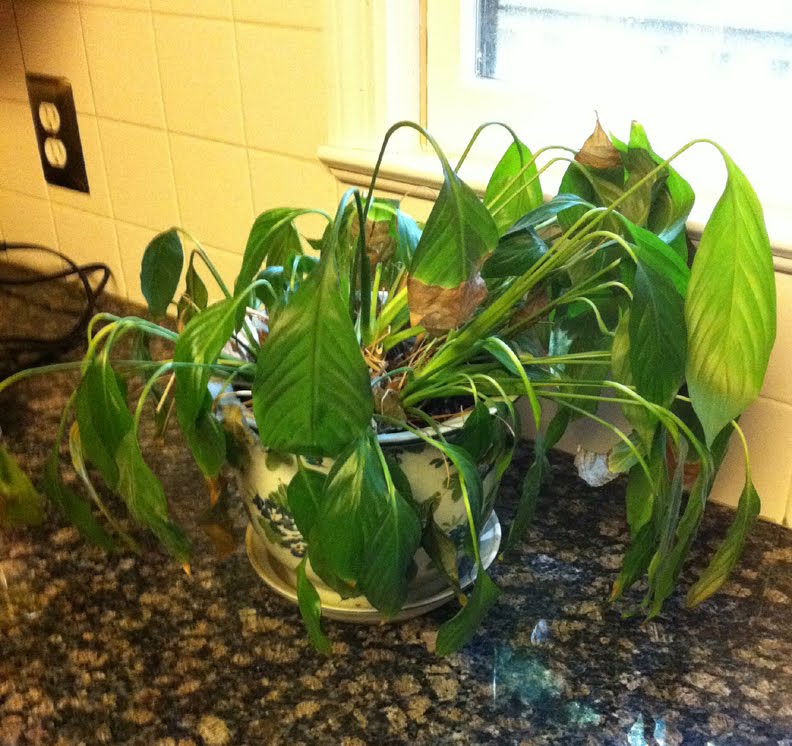
Plant Diseases and Pests
It’s heartbreaking when your beloved indoor plants start to wilt, droop, and die. While there are a few common causes, such as poor lighting or too much or too little water, the most common culprits are plant diseases and pests. These tiny invaders can be difficult to identify and even more difficult to control, but with some knowledge and a few tips, you can protect your plants from these silent killers.
Plant diseases and pests can be classified into two broad categories – infectious and non-infectious. Infectious diseases, such as viruses and bacteria, are spread from plant to plant. Non-infectious diseases, on the other hand, are caused by environmental factors, such as too much or too little light, water, or nutrients.
Pests, such as aphids, spider mites, and whiteflies, can wreak havoc on your indoor plants. These tiny creatures feed on the leaves and stems, causing discoloration, wilting, and even death. To prevent pests, keep your plants clean and avoid overcrowding. Regularly inspect your plants for signs of infestation and take action as soon as you notice any abnormalities.
With the right knowledge and care, you can protect your indoor plants from plant diseases and pests. Regularly inspect your plants for signs of infection and take action as soon as you notice any abnormalities. Clean your plants regularly to reduce the chance of infestation. And, most importantly, keep an eye on your plants and take action as soon as you notice any signs of distress.
Improper Plant Maintenance is Killing Your Indoor Plants
It’s easy to forget that plants are living things and need to be taken care of to thrive. Many people don’t know the basics of indoor plant care and can find themselves struggling with why their plants are dying. It’s important to understand that indoor plants need different care than outdoor plants and that improper maintenance could be the cause of their demise.
When it comes to indoor plants, light, water, temperature, and humidity levels are all important factors to consider to keep them healthy and thriving. If any of these factors are off, it could be the reason why your plants are dying. Too much or too little light, watering too much or too little, and incorrect temperatures can all cause a plant to suffer and eventually die.
It’s also important to know the types of plants you own and the specific care they need. Knowing the soil requirements, water needs, and light preferences of each plant type is vital to properly maintain them. Additionally, pests are a common problem for indoor plants and can be difficult to eradicate if not caught early.
Solutions for Healthy Indoor Plants
Having a green thumb doesn’t always guarantee success when it comes to growing and caring for indoor plants. While it’s easy to blame yourself when plants start to wilt, there are many other factors to consider when looking for solutions. Improper watering, over-fertilizing, incorrect lighting, and pests can all contribute to an unhealthy indoor plant. To make sure your plants stay vibrant and lush, it’s important to understand the basics of plant care.
Watering is key to keeping your indoor plants hydrated and healthy. Make sure to check the soil before watering and adjust accordingly. Overwatering can cause root rot, while underwatering can lead to wilting and browning of leaves. Consider using a moisture meter to get an accurate reading of soil moisture levels.
Light is also essential for healthy indoor plants. Different plants require different amounts of light and many indoor plants need at least 6-8 hours of bright light (not direct sunlight) per day. Rotate plants regularly to ensure all sides of the plant receive adequate sunlight.
FAQs About the Why My Indoor Plants Are Dying?
1. What are the most common causes of indoor plants dying?
A: The most common causes of indoor plants dying are improper watering, lack of sunlight, improper drainage, and pests or diseases.
2. Can I save a dying indoor plant?
A: Yes, if you identify the cause of the problem and take steps to correct it, you may be able to save a dying indoor plant.
3. What are some signs that my indoor plant is dying?
A: Symptoms of a dying indoor plant may include wilting, yellowing leaves, discolored stems, and leaf drop.
Conclusion
There are many reasons why indoor plants may be dying. From too little light to overwatering, there is a possibility that any one of these issues is causing the problem. It is important to research how to care for your specific type of plant and monitor the plant’s environment to ensure that it is getting the right amount of sunlight, water, and fertilizer. If the problem persists, it is best to consult an expert for further advice.
